Cynthia Bennett
Investigating Use Cases of AI-Powered Scene Description Applications for Blind and Low Vision People
Mar 22, 2024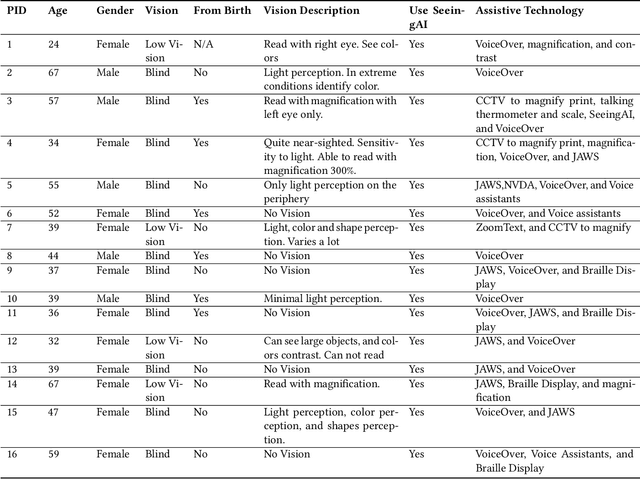
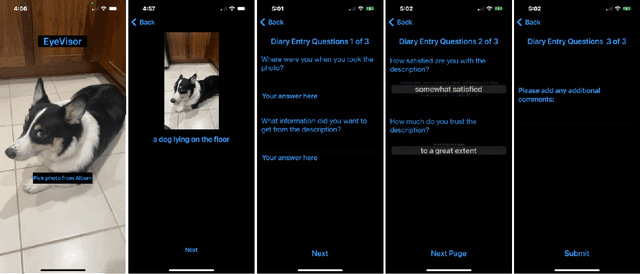
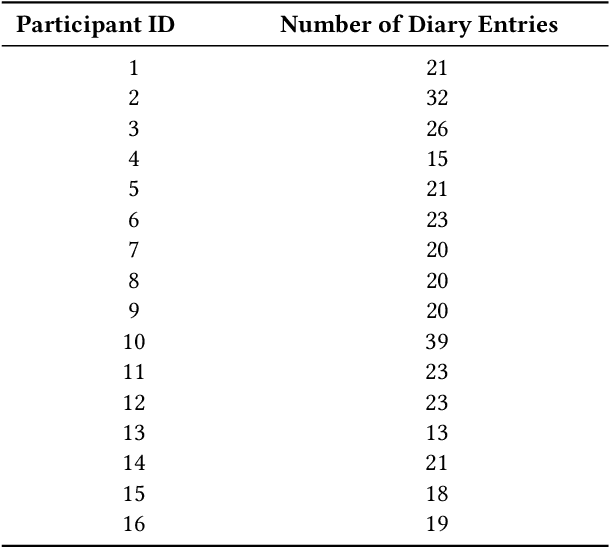
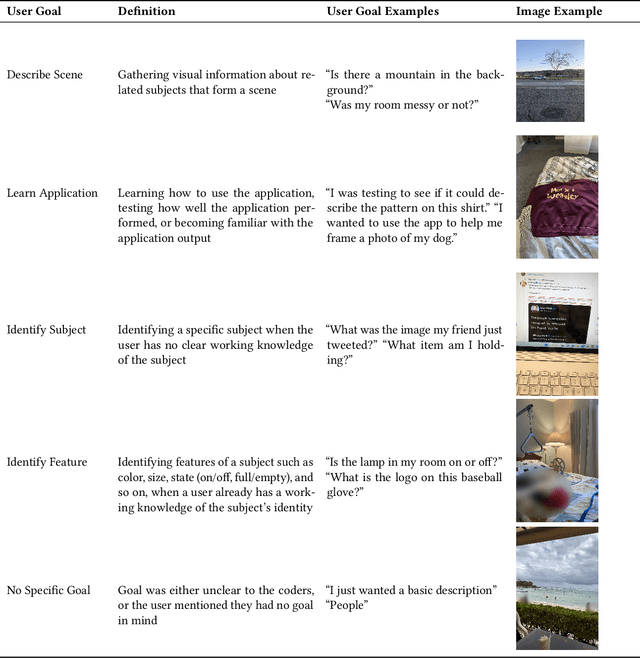
Abstract:"Scene description" applications that describe visual content in a photo are useful daily tools for blind and low vision (BLV) people. Researchers have studied their use, but they have only explored those that leverage remote sighted assistants; little is known about applications that use AI to generate their descriptions. Thus, to investigate their use cases, we conducted a two-week diary study where 16 BLV participants used an AI-powered scene description application we designed. Through their diary entries and follow-up interviews, users shared their information goals and assessments of the visual descriptions they received. We analyzed the entries and found frequent use cases, such as identifying visual features of known objects, and surprising ones, such as avoiding contact with dangerous objects. We also found users scored the descriptions relatively low on average, 2.76 out of 5 (SD=1.49) for satisfaction and 2.43 out of 4 (SD=1.16) for trust, showing that descriptions still need significant improvements to deliver satisfying and trustworthy experiences. We discuss future opportunities for AI as it becomes a more powerful accessibility tool for BLV users.
Context Matters for Image Descriptions for Accessibility: Challenges for Referenceless Evaluation Metrics
May 21, 2022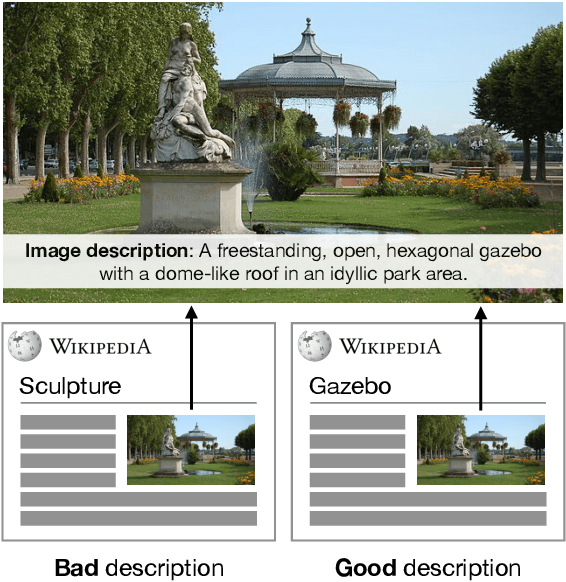
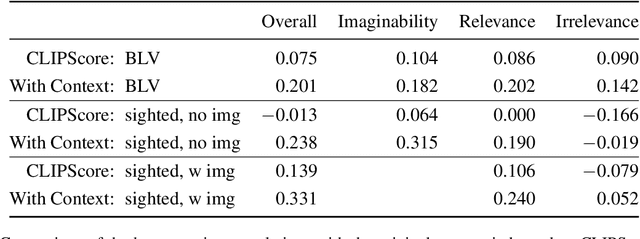


Abstract:Few images on the Web receive alt-text descriptions that would make them accessible to blind and low vision (BLV) users. Image-based NLG systems have progressed to the point where they can begin to address this persistent societal problem, but these systems will not be fully successful unless we evaluate them on metrics that guide their development correctly. Here, we argue against current referenceless metrics -- those that don't rely on human-generated ground-truth descriptions -- on the grounds that they do not align with the needs of BLV users. The fundamental shortcoming of these metrics is that they cannot take context into account, whereas contextual information is highly valued by BLV users. To substantiate these claims, we present a study with BLV participants who rated descriptions along a variety of dimensions. An in-depth analysis reveals that the lack of context-awareness makes current referenceless metrics inadequate for advancing image accessibility, requiring a rethinking of referenceless evaluation metrics for image-based NLG systems.
 Add to Chrome
Add to Chrome Add to Firefox
Add to Firefox Add to Edge
Add to Edge